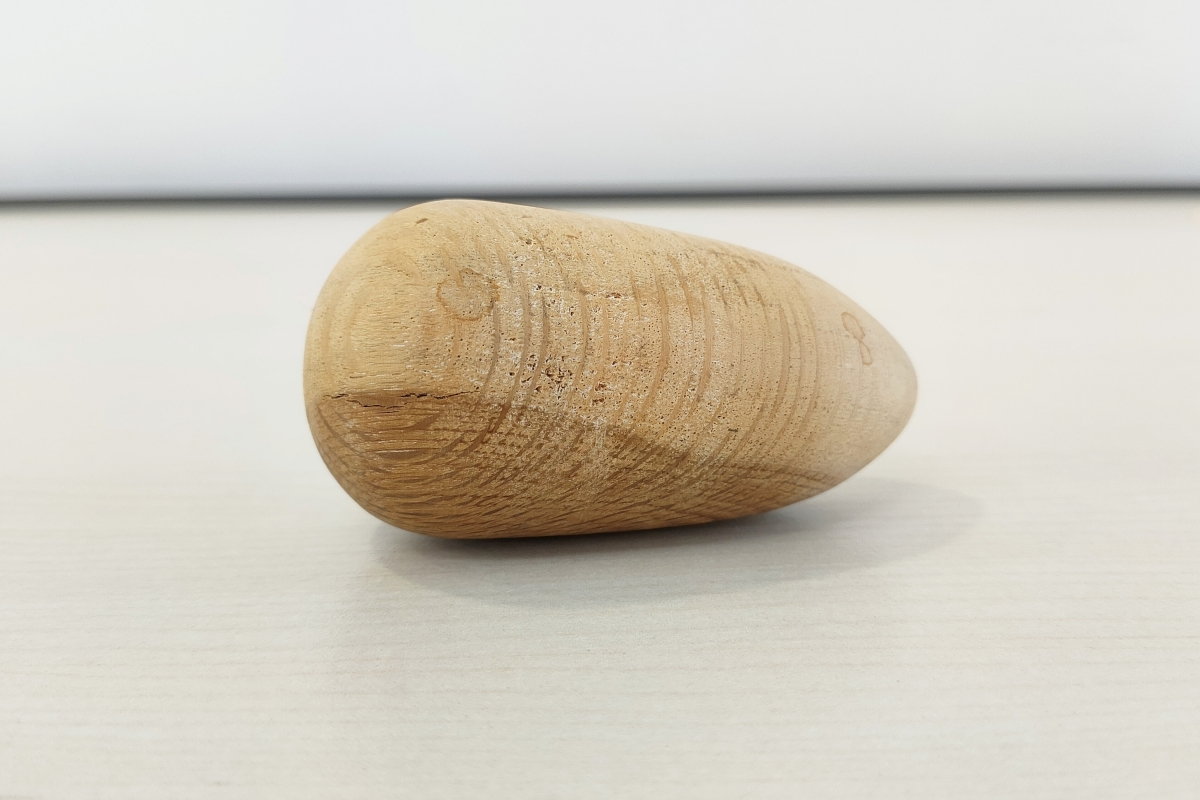
Eggs represent new life and rebirth, and that’s one of the reasons they’re so prolific at Easter time. While these days chocolate Easter eggs and plastic decorations are rife, the story of wooden eggs dates back hundreds of years. In the Auckland Anglican Diocese Archives, there are several wooden eggs from various crafters, which were rediscovered recently.
The History of the Wooden Egg
Several countries around the world have wooden egg traditions, especially at Easter time. The custom of decorating wooden eggs has been a tradition in Poland, for example (as well as many other Slavic countries) for centuries. Originally, the wooden eggs were painted during the time of Lent, in keeping with those themes of rebirth and new life. Eggs are beautifully painted and dyed, and added to Easter baskets with other Easter food, and on Easter Sunday the eggs are passed among friends and family as wishings for good health.
Other egg traditions around the world include egg rolling on Easter Sunday in Scotland, the Egg Dance in Germany which dates back to Medieval times, egg tapping in Greece, egg showers in Mexico and even a giant egg hunt on the lawn of the USA’s White House.
But what is the history of the wooden eggs in New Zealand, in particular, those in the Auckland Anglican Diocese Archives collection?
The Wooden Eggs in the Archives
When it comes to archives, we have some doozies in our Kinder Library archives collection: a bust of John Adams, a golf trophy in our memorabilia collection, and Phillip Walsh’s hand-drawn playing cards, to name a few.
But in recent wanderings in the Auckland Diocese Archives, we’ve discovered multiple wooden eggs: two kauri wooden eggs from St Mary’s Church, and the Selywn egg, made from an oak tree.
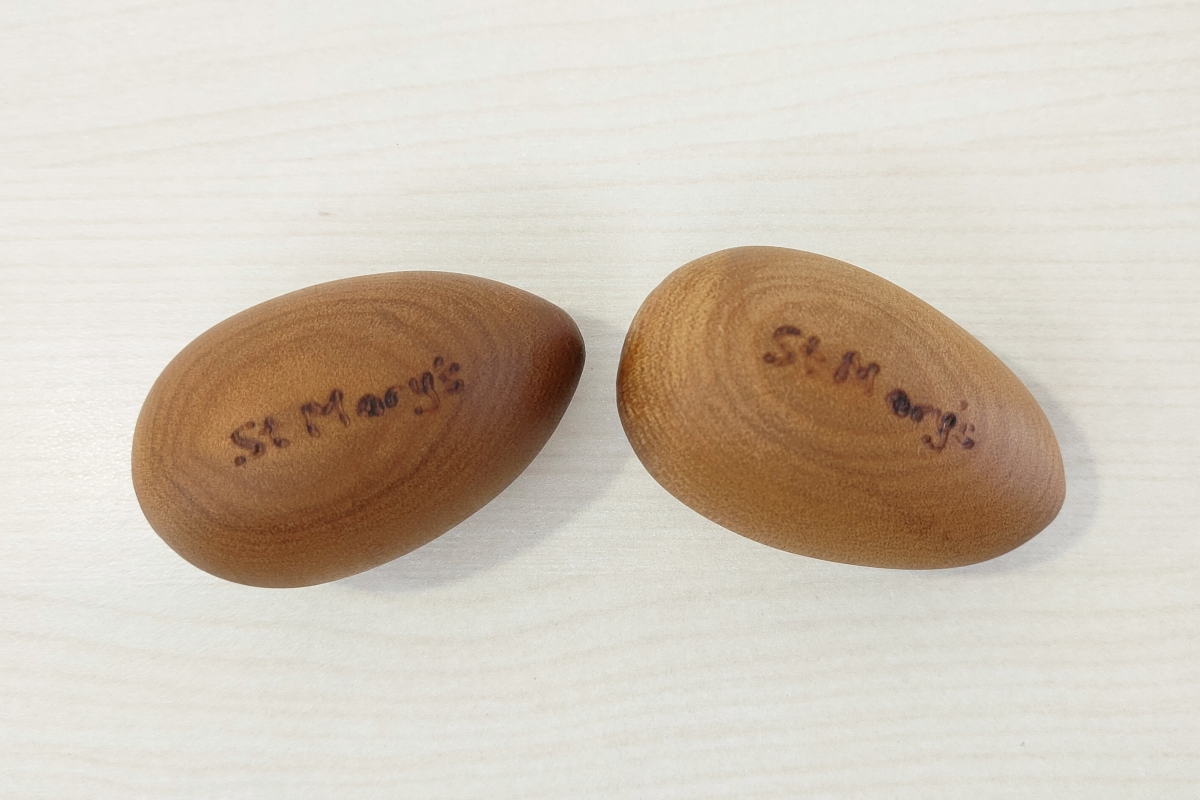
St Mary’s Church wooden eggs
These two eggs are made from kauri, and while the maker of the eggs is unknown, they were donated to the Auckland Diocesan Archives by Miss Edna Walton.
As you can see from the photographs, these eggs are quite small (around 6cm top to bottom), and one of them has a little base to sit on. They both have ‘St Mary’s’ burned into the side, something that the Selwyn Oak egg does not have.
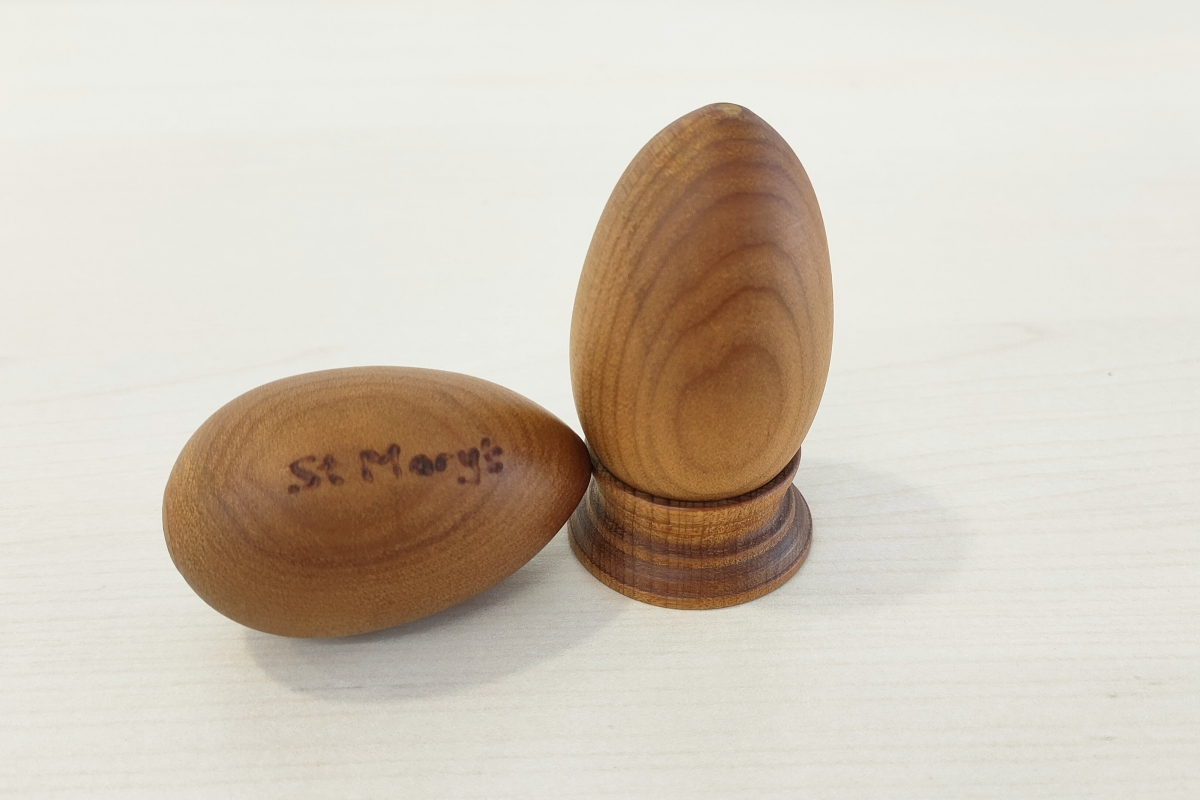
The Selwyn Oak wooden egg
The Selwyn Oak egg is made from an oak tree that once stood between St Mary’s Trinity Church and the church hall, on the opposite side of Parnell Road from where St Mary’s Holy Trinity Cathedral is now.
There is a (mostly accepted) story (though perhaps it’s an urban myth) that Bishop George Selwyn wandered about both the Parnell site and the St John’s Theological College campus with acorns in his pockets, planting them as he went. As a result, the oak trees in Parnell and at St John’s came to be known as the Selwyn Oaks.
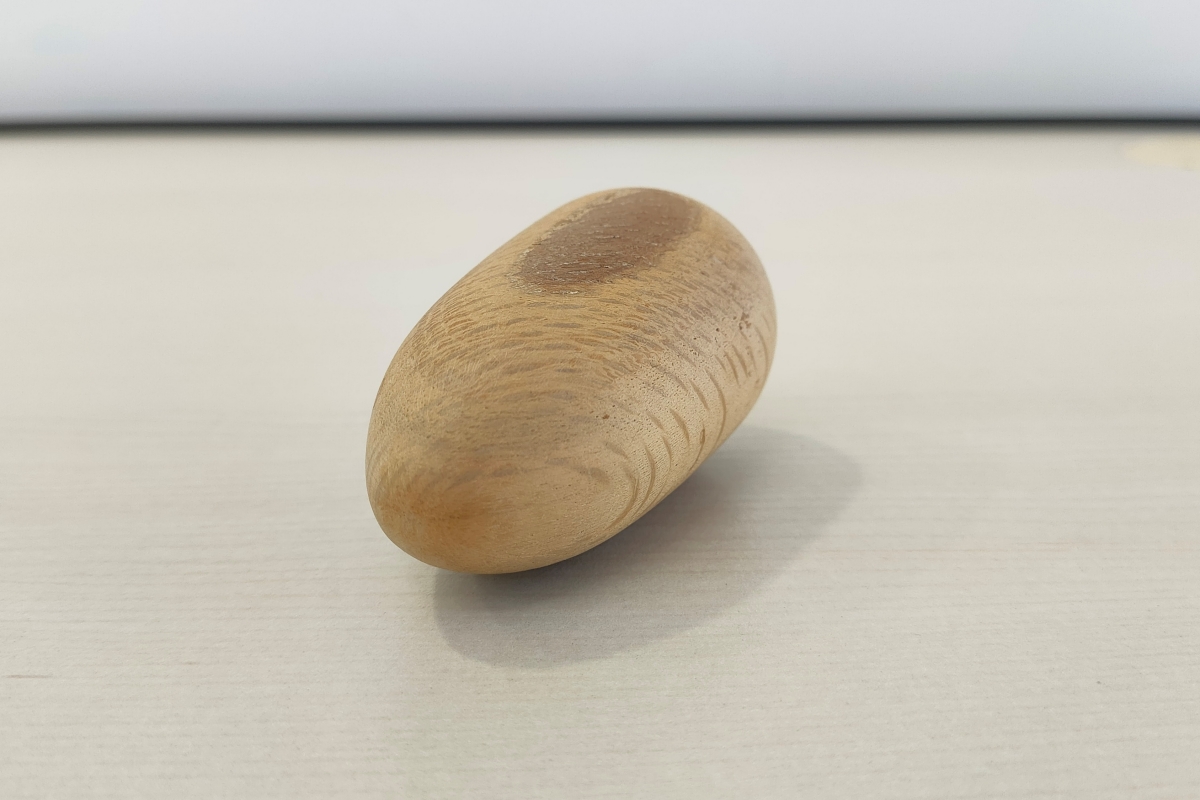
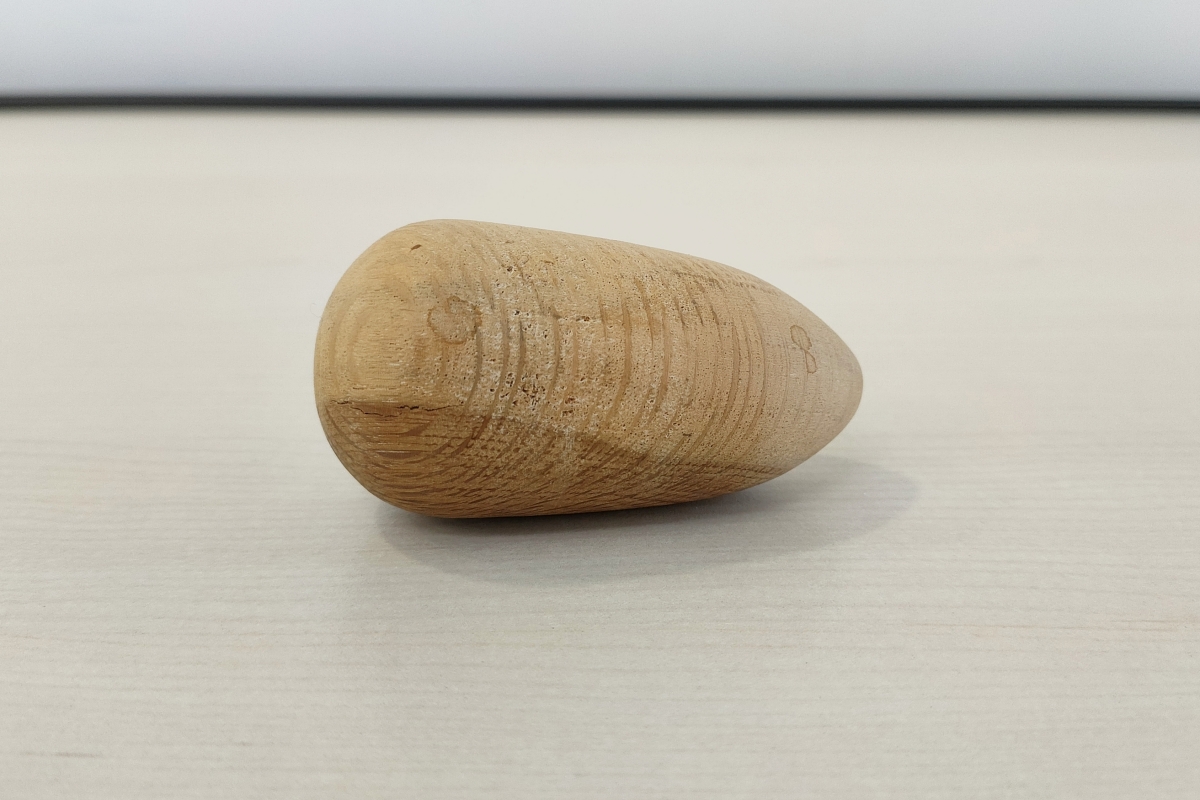
Another story is told of Bishop Patteson doing something similar, resulting in the Norfolk pines around the Mission Bay area, but the real story is that Norfolk Pine seedlings were brought back to New Zealand from Norfolk Island and sold to raise funds for the Melanesian Mission.
While we don’t know who carved the first two eggs, we know that the Selwyn Oak egg was crafted by Mr Wright. When the large oak tree died (having been cut off from a good water supply due to traffic lights being built at the top of Birdwood Cresent), the wood was given away for free. One of the volunteers at the Diocese phoned her husband (Mr Wright) and he dried out the oak and used it to craft several wooden eggs.
Now the Selwyn Oak egg is in the Auckland Anglican Diocesan Archives, along with the other two St Mary’s eggs.
Want to talk about this blog post?
We'd love to chat! Please email us at library@kinderlibrary.ac.nz
We'll respond as soon as we're able.


Interesting article and history. Would be interesting to know the year they were carved….I’m not sure what year the traffic lights were put in at the top of Birdwood Cres.
Comments are closed.